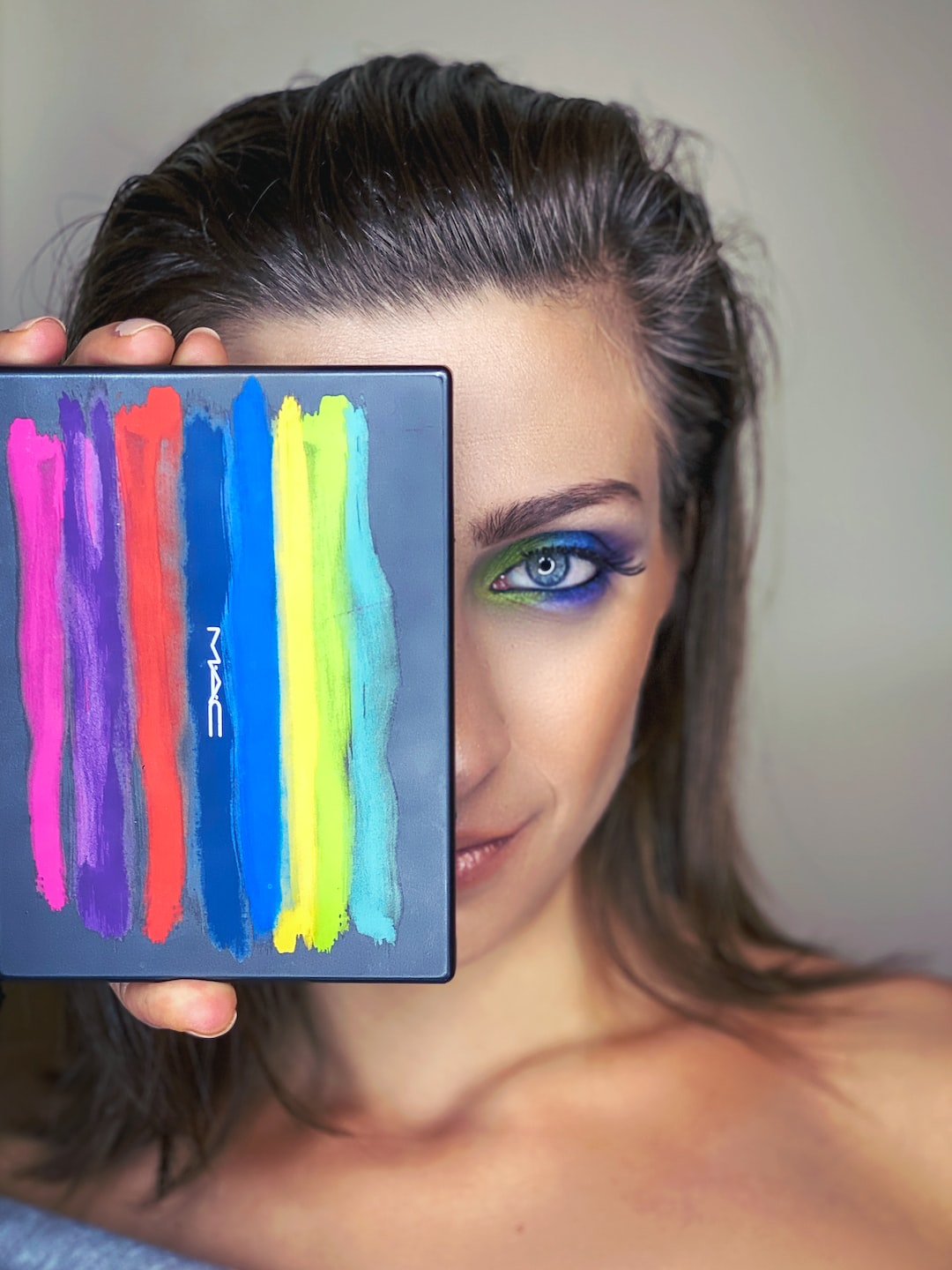Choosing the right foundation for your skin tone can be a daunting task, especially if you are new to the world of makeup. With so many different shades and formulas available, it can be overwhelming to know where to start. However, choosing the right foundation is essential for achieving a flawless complexion. In this blog post, we will guide you through the process of selecting the perfect foundation for your skin tone.
Determine Your Skin Undertone
Before you can select a foundation shade that matches your skin tone, it is essential to determine your skin undertone. Your skin undertone is the subtle hue that lies beneath the surface of your skin. There are three primary undertones: warm, cool, and neutral.
Warm undertones typically have a yellow, gold, or peachy hue. Those with cool undertones tend to have pink or blue hues, while those with neutral undertones have a balance of both warm and cool hues.
There are various ways to determine your skin undertone. One of the most popular methods is to examine the veins on your wrist. If your veins appear greenish, you likely have a warm undertone. If they appear bluish, you probably have a cool undertone. If they appear to be a mix of both green and blue, you may have a neutral undertone.
Another method of determining your skin undertone is by looking at the jewelry that complements your skin. If you find that gold jewelry flatters your skin tone, you likely have a warm undertone. If silver jewelry looks better on you, you probably have a cool undertone.
Select a Foundation Formula
Once you have determined your skin undertone, it’s time to select a foundation formula that matches your skin type. If you have dry skin, look for a hydrating foundation that will provide moisture and avoid formulas with a matte finish. If you have oily skin, look for a formula that contains ingredients that control oil, like salicylic acid or kaolin clay. If you have combination skin, look for a foundation that’s both hydrating and mattifying.
When it comes to opacity, you can choose between full coverage, medium coverage, and light coverage. Full coverage foundation provides maximum coverage and is excellent for covering blemishes, scars, and discoloration. Medium coverage foundation provides natural-looking coverage and is perfect for daily wear. Light coverage foundation is sheer and best suited for those with flawless skin.
Choose Your Shade
When choosing a foundation shade, it’s crucial to test the shade before making a purchase. The best way to test a foundation shade is by swatching it on the side of your face, below your cheekbone. The shade that disappears into your skin is the best match. Testing the shade on your hand or wrist is not recommended as those areas are often a different shade than your face due to sun exposure and different skin texture.
It’s essential to test the foundation in natural light as indoor lighting can alter how a foundation shade appears. If you are unsure about which shade to choose, choose one that’s slightly lighter than your skin tone. A foundation that’s too dark can look muddy and unnatural, while a foundation that’s too light can give you a ghostly appearance.
Consider Undertone
When choosing a foundation shade, it’s important to consider not only your skin tone but also your skin’s undertone. Your foundation should match both your skin tone and undertone for the most natural-looking finish.
If you have a warm undertone, look for foundation shades with a yellow, gold, or peachy hue. If you have a cool undertone, look for foundation shades with a pink or blue hue. If you have a neutral undertone, you can choose foundation shades that have a balance of warm and cool hues.
Also, keep in mind that your skin tone can vary throughout the year, depending on sun exposure and season. It’s recommended to have a summer and winter foundation shade to match your skin tone throughout the year.
Final Thoughts
Choosing the right foundation for your skin tone is crucial for achieving a flawless complexion. By determining your skin undertone, selecting the right formula, choosing your shade, and considering undertone, you can find a foundation that works best for you. Don’t be afraid to experiment with different formulas and shades to find the perfect match for your skin. With a little patience and trial and error, you’ll be able to achieve a flawless, natural-looking complexion every time.


